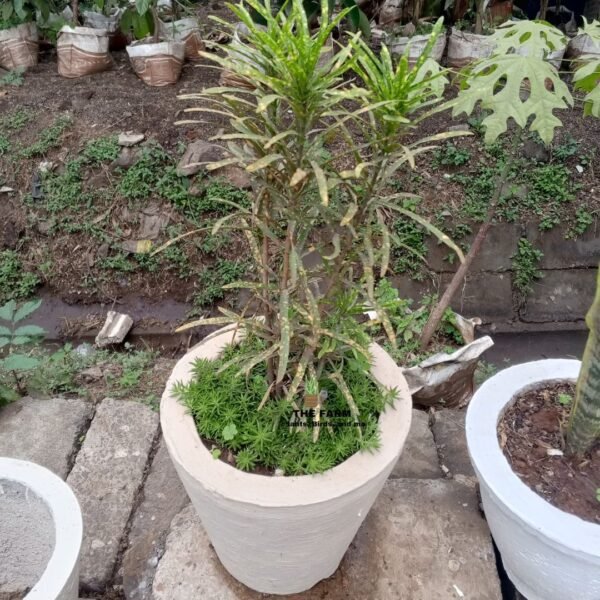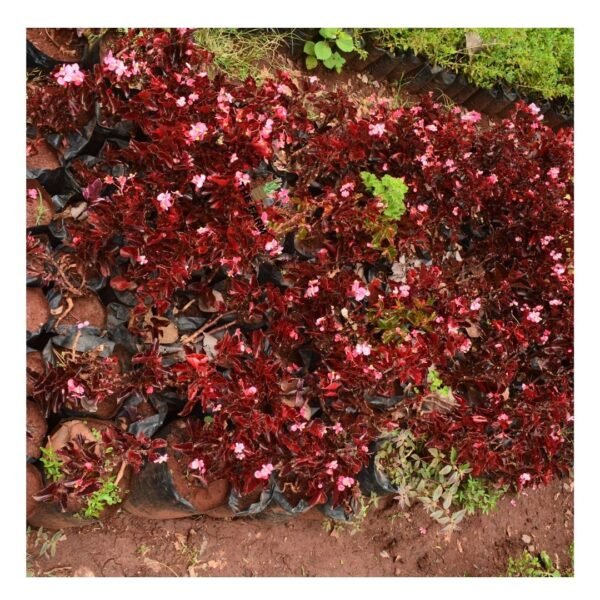Beginner Plants
Cordyline Stricta Seedlings in Kenya
Original price was: KSh 300.00.KSh 150.00Current price is: KSh 150.00.Croton Plant
Original price was: KSh 3,500.00.KSh 2,899.00Current price is: KSh 2,899.00.Croton Seedlings
Original price was: KSh 1,000.00.KSh 799.00Current price is: KSh 799.00.Cyphomandra Plant Seedling
Original price was: KSh 1,000.00.KSh 799.00Current price is: KSh 799.00.Dieffenbachia Amoena Plant in a Clay Pot
Original price was: KSh 10,000.00.KSh 6,599.00Current price is: KSh 6,599.00.Dracaena Fragrans in a Concrete Pot
Original price was: KSh 8,500.00.KSh 6,499.00Current price is: KSh 6,499.00.Dwarf Snake Plant
Original price was: KSh 999.00.KSh 799.00Current price is: KSh 799.00.Echeveria Imbricata Succulent
Price range: KSh 599.00 through KSh 1,299.00
Select options
This product has multiple variants. The options may be chosen on the product page













